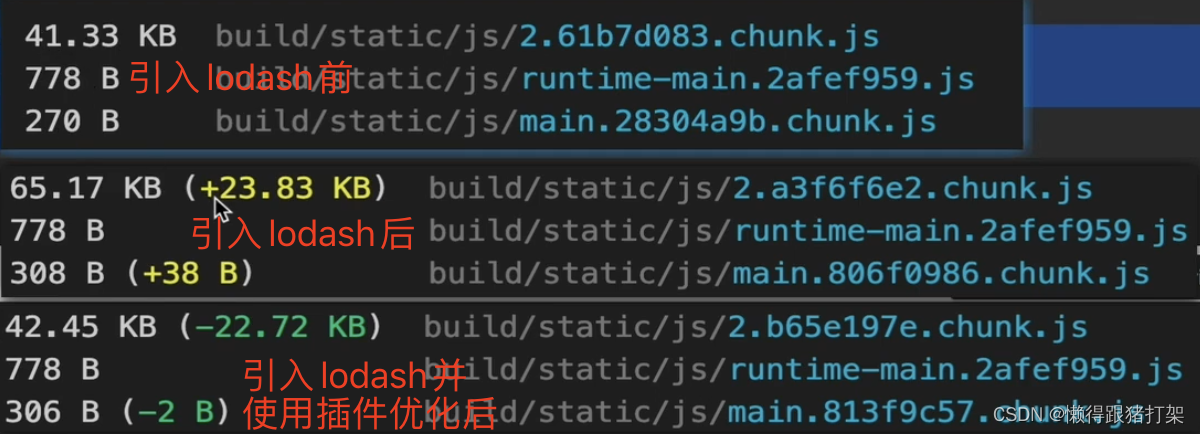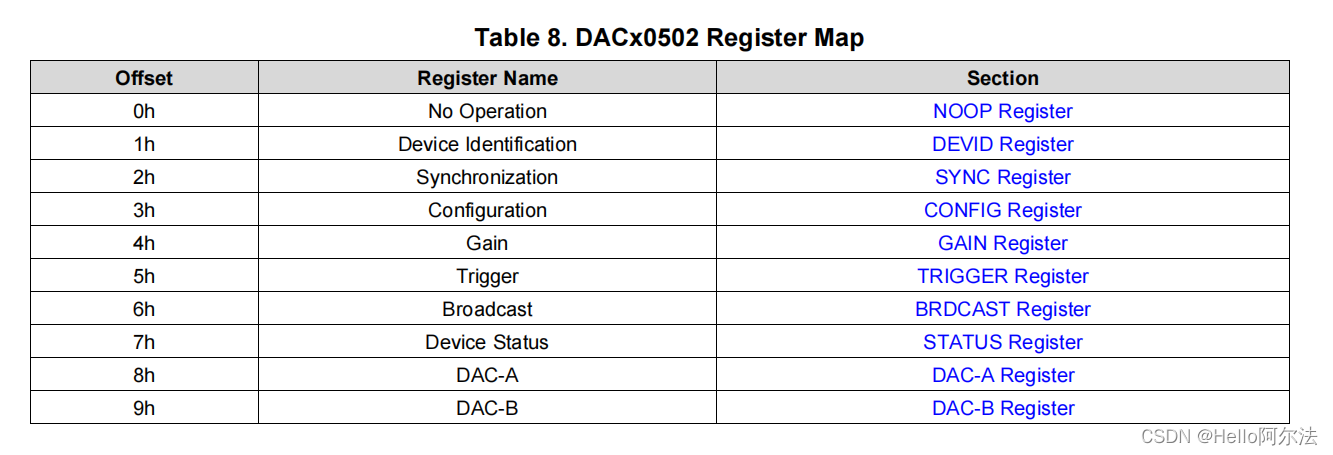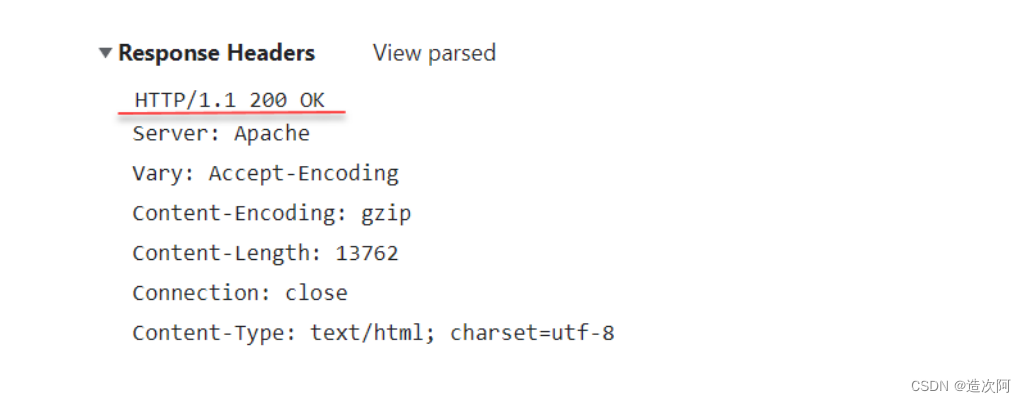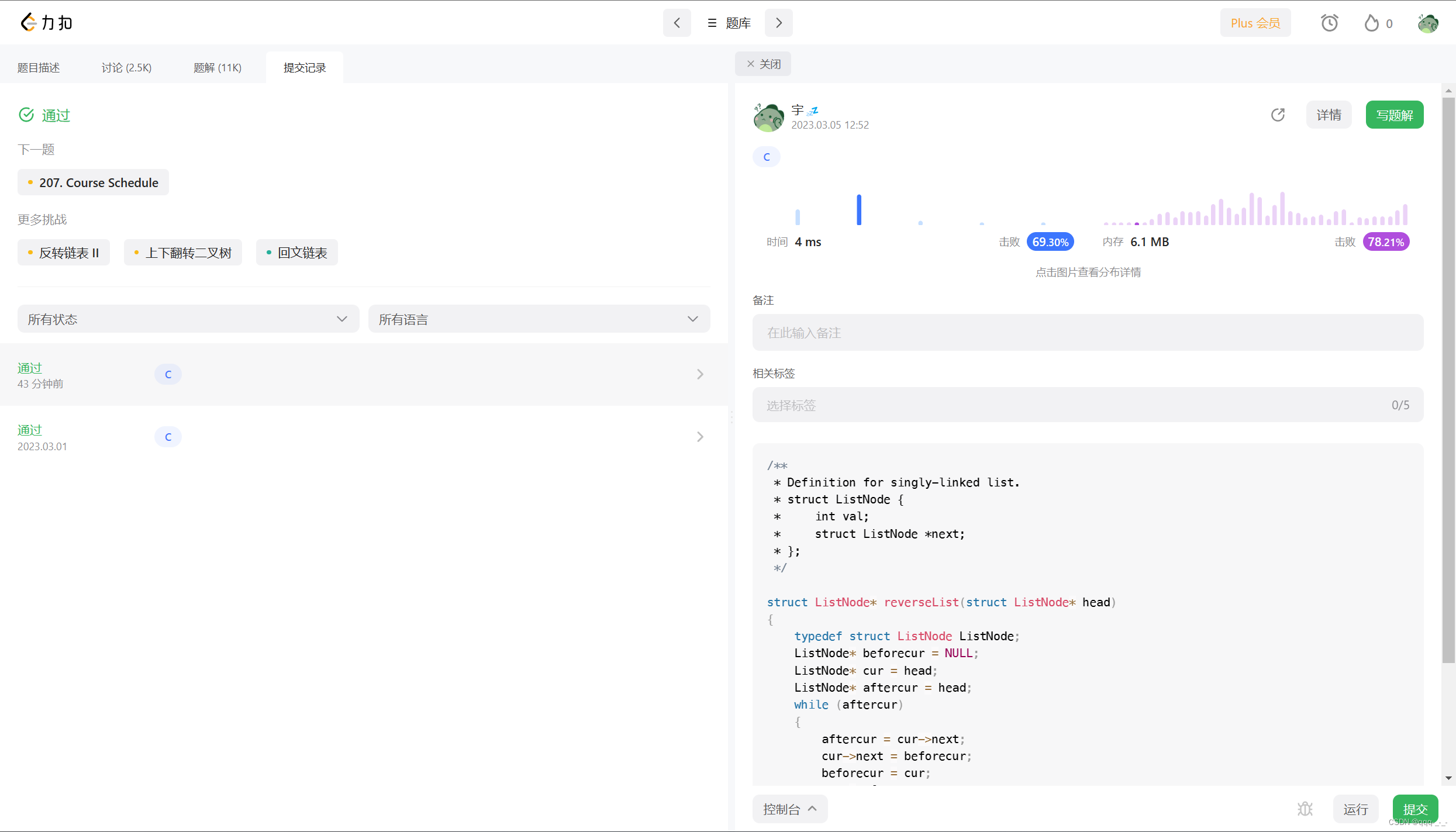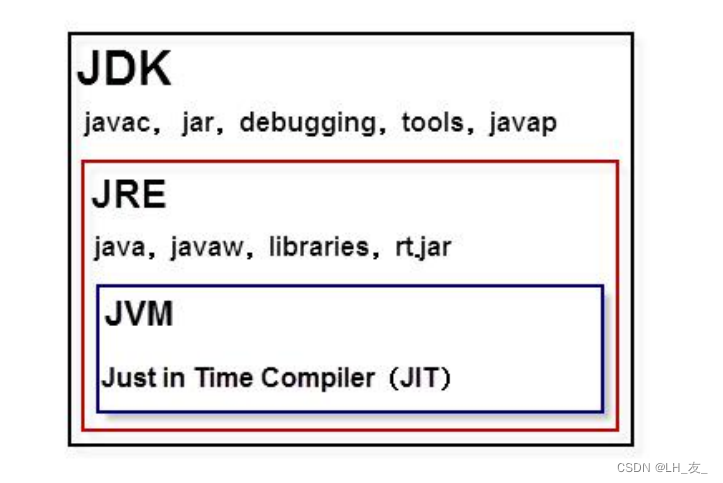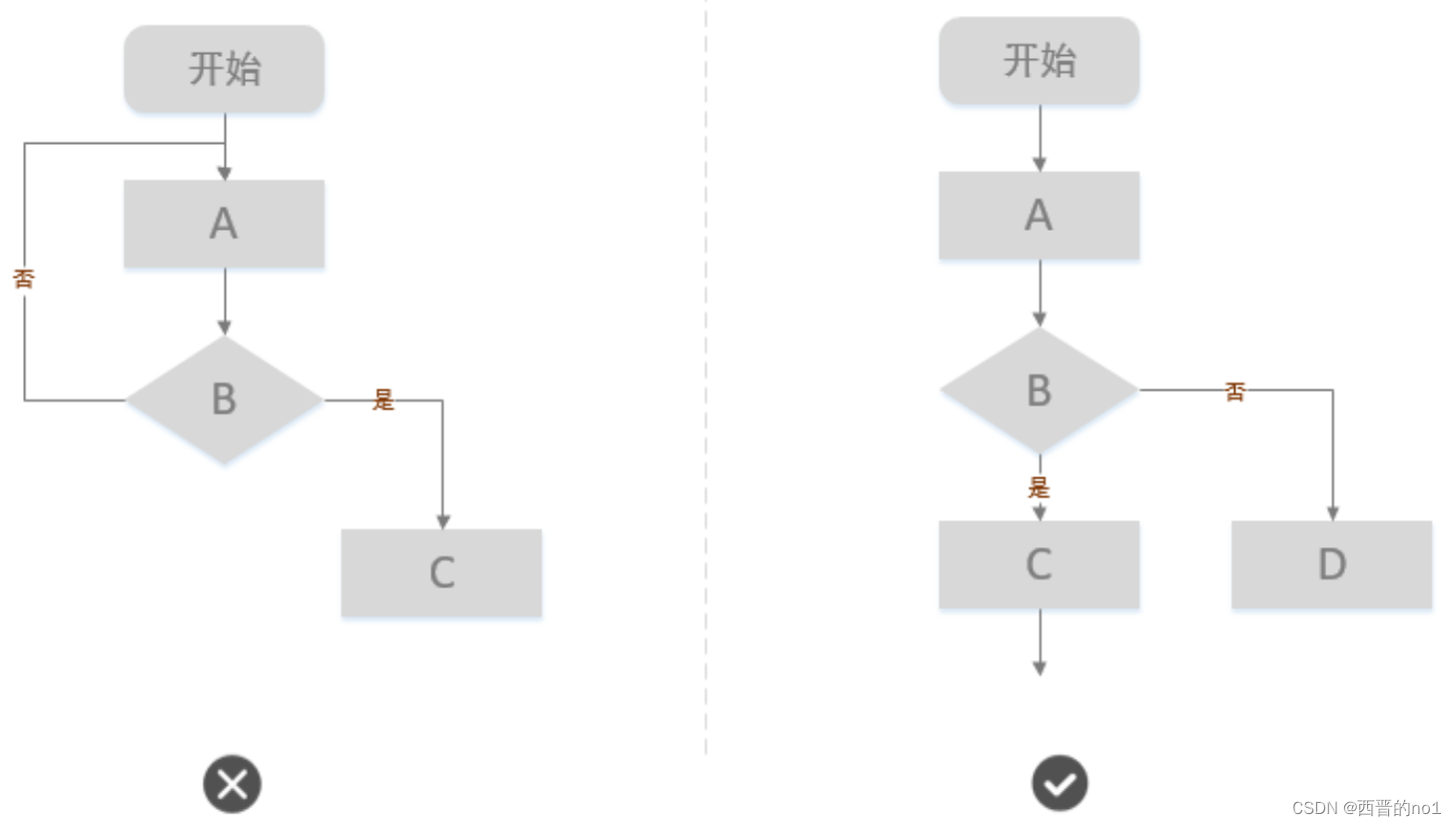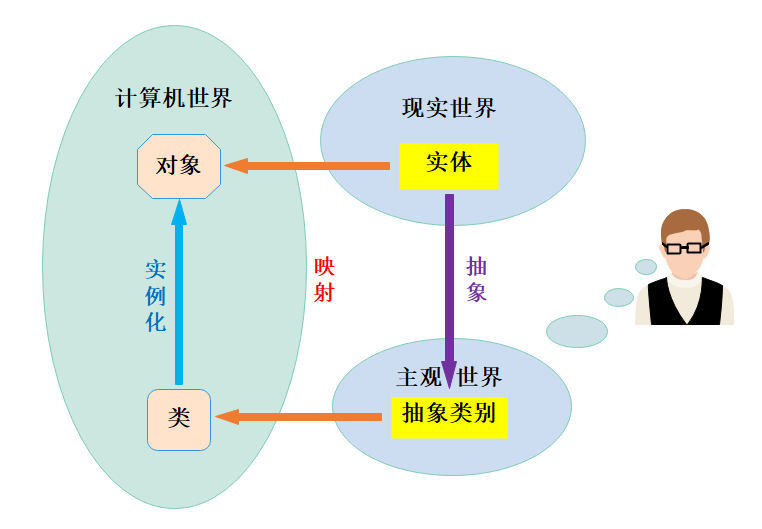总的流程分为两部分,一是先用Map把configurer收集起来,然后再把maper中所有的configurer应用到HttpSecurity对象。
其中的map位于AbstractConfiguredSecurityBuilder这个类。
private final LinkedHashMap<Class<? extends SecurityConfigurer<O, B>>, List<SecurityConfigurer<O, B>>> configurers;
configurer添加分为两部分,都通过WebSecurityConfigurerAdapter的init方法来实现,
public void init(WebSecurity web) throws Exception {
HttpSecurity http = this.getHttp();
web.addSecurityFilterChainBuilder(http).postBuildAction(() -> {
FilterSecurityInterceptor securityInterceptor = (FilterSecurityInterceptor)http.getSharedObject(FilterSecurityInterceptor.class);
web.securityInterceptor(securityInterceptor);
});
}
其中init方法会调用的 protected final HttpSecurity getHttp() throws Exception方法:
protected final HttpSecurity getHttp() throws Exception {
if (this.http != null) {
return this.http;
} else {
AuthenticationEventPublisher eventPublisher = this.getAuthenticationEventPublisher();
this.localConfigureAuthenticationBldr.authenticationEventPublisher(eventPublisher);
AuthenticationManager authenticationManager = this.authenticationManager();
this.authenticationBuilder.parentAuthenticationManager(authenticationManager);
Map<Class<?>, Object> sharedObjects = this.createSharedObjects();
this.http = new HttpSecurity(this.objectPostProcessor, this.authenticationBuilder, sharedObjects);
if (!this.disableDefaults) {
//添加第一部分configurer
this.applyDefaultConfiguration(this.http);
ClassLoader classLoader = this.context.getClassLoader();
List<AbstractHttpConfigurer> defaultHttpConfigurers = SpringFactoriesLoader.loadFactories(AbstractHttpConfigurer.class, classLoader);
Iterator var6 = defaultHttpConfigurers.iterator();
while(var6.hasNext()) {
AbstractHttpConfigurer configurer = (AbstractHttpConfigurer)var6.next();
this.http.apply(configurer);
}
}
//这句代码调用本类中的configure方法继续添加configurer
this.configure(this.http);
return this.http;
}
}
该方法中执行了this.applyDefaultConfiguration(this.http),其代码为:
private void applyDefaultConfiguration(HttpSecurity http) throws Exception {
http.csrf();
http.addFilter(new WebAsyncManagerIntegrationFilter());
http.exceptionHandling();
http.headers();
http.sessionManagement();
http.securityContext();
http.requestCache();
http.anonymous();
http.servletApi();
http.apply(new DefaultLoginPageConfigurer());
http.logout();
}
另一部分是通过WebSecurityConfigurerAdapter的config方法添加的configurer
protected void configure(HttpSecurity http) throws Exception {
this.logger.debug("Using default configure(HttpSecurity). If subclassed this will potentially override subclass configure(HttpSecurity).");
http.authorizeRequests((requests) -> {
((AuthorizedUrl)requests.anyRequest()).authenticated();
});
http.formLogin();
http.httpBasic();
}
至此,configurers填充完毕。

AbstractConfigedSecurityBuilder的private void configure() throws Exception
这个方法会遍历之前填充好的configurer,将其应用到HttpSecurity对象,也就是添加了Fliter
private void configure() throws Exception {
Collection<SecurityConfigurer<O, B>> configurers = this.getConfigurers();
Iterator var2 = configurers.iterator();
while(var2.hasNext()) {
SecurityConfigurer<O, B> configurer = (SecurityConfigurer)var2.next();
configurer.configure(this);
}
}
该方法的循环体执行完成后HttpSecurity对象就包含了15个过滤器。

以上是使用Spring Security5进行的分析。
Spring Security 6使用AuthorizationFilter取代了FilterSecurityInterceptor

